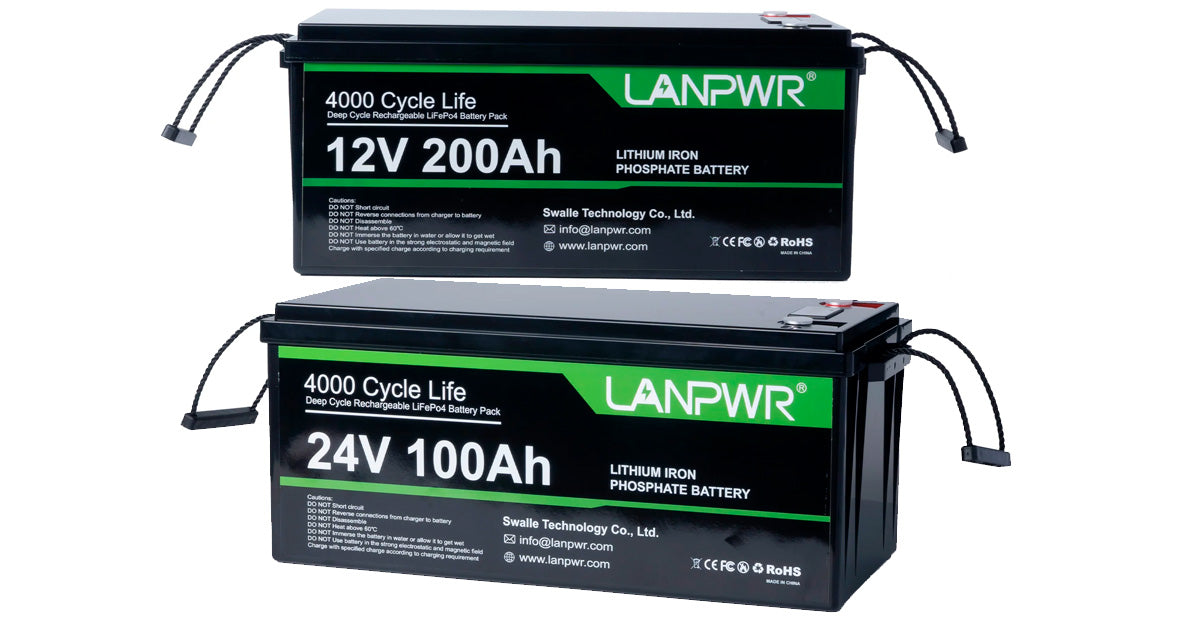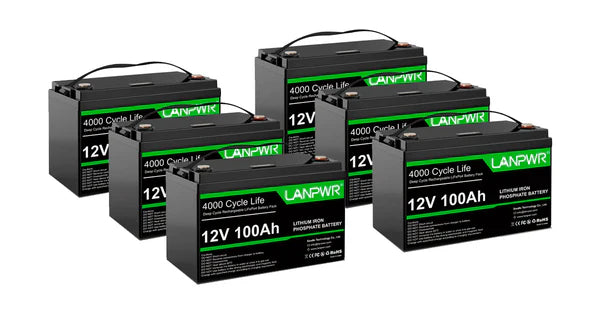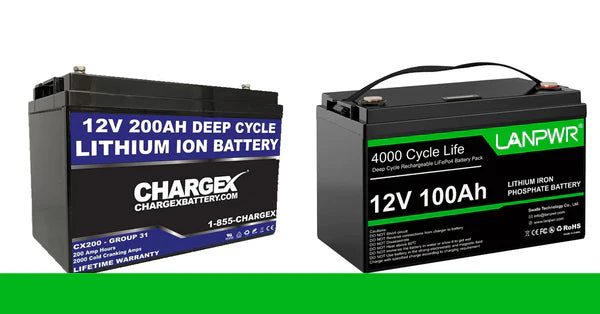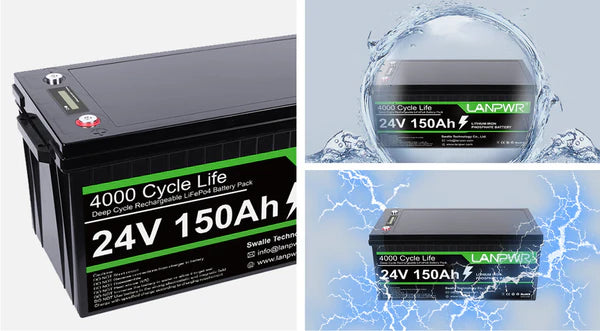Lithium Iron Phosphate (LiFePO4) batteries are a type of lithium-ion battery that has been gaining attention for their promising characteristics, including enhanced safety, longer lifespan, and environmental benefits. However, despite their advantages, LiFePO4 batteries are not as widespread as other lithium-ion variants. This piece delves into the reasons behind the limited use of LiFePO4 batteries, exploring technical, economic, and market-driven factors.
1. Cost and Economic Factors
One of the primary reasons for the limited use of LiFePO4 batteries is their higher upfront cost compared to other lithium-ion batteries, such as Lithium Cobalt Oxide (LiCoO2) and Lithium Nickel Manganese Cobalt Oxide (NMC). While the cost of LiFePO4 batteries has been decreasing, they still require a larger initial investment. This is particularly significant for industries and consumers who prioritize cost-efficiency and short-term financial planning.
Economic Considerations: The initial cost of LiFePO4 batteries is higher due to the expensive materials and manufacturing processes involved.
Market Competition: The market for lithium-ion batteries is highly competitive, with established technologies like NMC dominating due to their balance of cost, energy density, and performance.
Return on Investment: Although LiFePO4 batteries have a longer lifespan and lower maintenance costs, the immediate financial outlay can be a deterrent.
2. Energy Density and Weight
LiFePO4 batteries have a lower energy density compared to other lithium-ion batteries. This means that for the same volume or weight, LiFePO4 batteries store less energy. In applications where weight and space are critical, such as in electric vehicles (EVs) and portable electronics, higher energy-density batteries are preferred.

Technical Limitations
Energy Density: LiFePO4 batteries typically have an energy density of around 90-110 Wh/kg, whereas NMC batteries can reach up to 200 Wh/kg.
Weight Considerations: In weight-sensitive applications, the heavier LiFePO4 batteries can be less desirable despite their safety benefits.
3. Market and Industrial Adoption
The battery industry has established significant infrastructure and supply chains around other lithium-ion chemistries. The transition to LiFePO4 would require substantial changes in manufacturing processes, supply chain management, and industry standards.
Industry Dynamics: Supply Chain: The existing supply chains are optimized for other lithium-ion chemistries, making it challenging to shift towards LiFePO4 without significant investment and restructuring.
Manufacturing Processes: Different battery chemistries require specific manufacturing techniques.
Transitioning to LiFePO4 would necessitate new equipment, training, and quality control measures.
Standardization: Many industries have standardized around certain battery chemistries, and shifting to a new standard involves overcoming regulatory, technical, and logistical hurdles.
4. Performance in Extreme Conditions
While LiFePO4 batteries are known for their safety and stability, they can have performance issues in extreme temperatures. This can limit their use in certain environments and applications where consistent performance is critical.
Environmental Impact: Temperature Sensitivity: LiFePO4 batteries may underperform in extremely cold or hot conditions compared to other lithium-ion chemistries.
Operational Range: The operational temperature range for LiFePO4 is generally narrower, which can be a limitation for applications in diverse climates.
5. Awareness and Perception
There is a general lack of awareness and understanding of LiFePO4 batteries among consumers and some industry stakeholders. Many decision-makers are more familiar with traditional lithium-ion technologies and may not be fully aware of the benefits and potential of LiFePO4.
Educational Barriers: Consumer Awareness: Limited consumer knowledge about the advantages of LiFePO4 batteries can hinder their adoption in the retail market.
Industry Perception: Industries that have long relied on other lithium-ion batteries may be slow to adopt LiFePO4 due to entrenched practices and perceptions.
6. Application-Specific Suitability
LiFePO4 batteries are not suitable for every application. Their specific characteristics make them ideal for certain uses but less optimal for others. Application Considerations: Ideal
Applications: LiFePO4 batteries are particularly well-suited for stationary energy storage, marine applications, and electric buses where safety, longevity, and thermal stability are prioritized over overweight and energy density. 
Less Suitable Applications: In applications requiring compact and lightweight energy storage solutions, such as smartphones and laptops, other lithium-ion batteries are more appropriate.
Conclusion
LiFePO4 batteries offer numerous benefits, including enhanced safety, longer lifespan, and environmental friendliness. However, their higher initial cost, lower energy density, existing market dynamics, performance in extreme conditions, lack of awareness, and application-specific suitability have limited their widespread adoption. As technology advances and the demand for safer, more sustainable energy storage solutions increases, LiFePO4 batteries may become more prevalent.














Leave a comment
This site is protected by hCaptcha and the hCaptcha Privacy Policy and Terms of Service apply.